Seiko is a renowned Japanese watch brand with a rich history dating back to 1881 when Kintaro Hattori founded a clock repair store in Tokyo. Over the years, Seiko has become synonymous with precision, innovation, and quality craftsmanship.
The brand has achieved numerous milestones in the watch industry, including the production of Japan’s first wristwatch in 1913 and the introduction of the world’s first quartz watch in 1969. Seiko is known for its diverse range of timepieces, catering to various styles, functionalities, and price points, from affordable quartz watches to high-end mechanical masterpieces.
With a commitment to innovation and attention to detail, Seiko continues to be a respected name in the global watch market, offering reliable and stylish watches for enthusiasts and collectors alike.
You can make a сonsidered decision through the evaluation of the quality and reputation of Seiko watches. Due to an exploration of Seiko’s history, manufacturing processes, technological advancements, and consumer feedback, you can gain insight into the factors that contribute to Seiko’s standing in the watch industry.
By examining the brand’s reputation among watch enthusiasts, comparing its offerings with competitors, and analyzing the value proposition of Seiko timepieces, get a comprehensive understanding of whether Seiko watches are truly good investments in terms of both quality and reputation.
Seiko history
The origins of the Seiko brand trace back to 1881, when Kintaro Hattori opened a small watch and jewelry shop called “K. Hattori” in Tokyo, Japan. Initially focusing on repairing and selling imported timepieces, Hattori soon recognized the potential for domestic production. In 1892, he established the “Seikosha” factory, which translates to “House of Exquisite Workmanship,” marking the birth of the Seiko brand.
Seiko’s early years were characterized by a commitment to precision and innovation. In 1913, Seiko produced Japan’s first wristwatch, laying the foundation for its reputation as a pioneer in the industry. Throughout the early 20th century, Seiko continued to innovate, introducing advancements such as the first Japanese pocket watch with an alarm function in 1895 and the first Japanese wristwatch with a stopwatch function in 1924.
“Merchants must stay a step ahead of the rest, but just one step. If they stay too many steps ahead they will be seen as prophets, too far removed from reality. Merchants should not be prophets”.
Kintaro Hattori, founder of Seiko
The post-World War II era saw Seiko solidify its position as a global leader in watchmaking. In 1956, Seiko released the “Marvel,” its first domestically produced wristwatch with an automatic movement, marking a significant milestone in the brand’s history. This was followed by the launch of the Grand Seiko line in 1960, aimed at producing luxury timepieces to compete with Swiss watchmakers.
Seiko’s reputation for innovation was further solidified in 1969 with the introduction of the Seiko Astron, the world’s first quartz watch. This groundbreaking timepiece revolutionized the watch industry, leading to the Quartz Crisis of the 1970s and establishing Seiko as a trailblazer in electronic watchmaking technology.
Throughout the following decades, Seiko continued to push the boundaries of watchmaking with advancements in quartz, kinetic, and spring drive movements. The brand expanded its product offerings to include a wide range of styles and functionalities, from affordable quartz watches to high-end mechanical masterpieces.
Today, Seiko stands as one of the most respected and recognizable watch brands worldwide, renowned for its commitment to quality, innovation, and precision. With a rich heritage spanning over a century, Seiko continues to evolve and innovate, cementing its legacy as a leader in the watch industry.
Seiko milestones and achievements
Seiko’s journey in watchmaking is marked by numerous milestones and significant achievements that have shaped the industry.
- Introduction of Japan’s First Wristwatch (1913): Seiko made history by producing Japan’s first wristwatch, marking the beginning of its legacy in watchmaking.
- Development of the First Japanese Alarm Clock (1895): Seiko introduced the first Japanese pocket watch with an alarm function, showcasing its early commitment to innovation.
- Launch of the Grand Seiko (1960): Seiko unveiled the Grand Seiko line, aiming to compete with Swiss luxury watchmakers by offering high-quality mechanical timepieces known for their precision and craftsmanship.
- Invention of the Quartz Watch (1969): Seiko revolutionized the watch industry with the launch of the Seiko Astron, the world’s first quartz watch. This innovation sparked the Quartz Crisis and marked a significant shift in watchmaking technology.
- Introduction of Kinetic Watches (1988): Seiko pioneered kinetic watch technology, which generates electrical energy through the movement of the wearer’s wrist, combining the accuracy of quartz with the convenience of automatic movements.
- Development of Spring Drive Movement (1999): Seiko introduced the Spring Drive movement, combining mechanical and quartz technologies to create an innovative movement known for its precision and smooth sweeping seconds hand.
- Launch of Seiko’s Prospex Line (1965, rebranded in 2014): Seiko’s Prospex line, originally known as the “Specialists” series, was introduced in 1965 and later rebranded in 2014. It offers high-performance sports watches designed for diving, aviation, and other outdoor activities, catering to professional and recreational enthusiasts.
- Release of Seiko’s Astron GPS Solar (2012): Seiko introduced the Astron GPS Solar, a groundbreaking timepiece that automatically adjusts to the local time zone using GPS signals, ensuring accurate timekeeping anywhere in the world.
- Celebration of Seiko’s 140th Anniversary (2021): Seiko marked its 140th anniversary with special edition timepieces and commemorative events, highlighting its enduring legacy and commitment to innovation.
These milestones represent just a glimpse of Seiko’s achievements in watchmaking, showcasing its dedication to pushing the boundaries of technology, craftsmanship, and design over its more than a century-long history.
Seiko’s reputation in the watch industry
The perception of Seiko among watch enthusiasts and collectors is generally positive, with many appreciating the brand’s combination of quality craftsmanship, innovation, and value. Seiko has a long-standing reputation for producing high-quality watches. This reputation has been cultivated over decades of consistent performance and craftsmanship.
“Seiko’s reputation for producing reliable and accurate timepieces is well-deserved. Their attention to detail and commitment to excellence make them a standout brand in the watch industry”.
Paul Boutros, Head of watches, Phillips
Throughout its history, Seiko has demonstrated a commitment to excellence in watchmaking. From pioneering innovations to maintaining rigorous quality control standards, Seiko has consistently prioritized quality in its products.
Anecdotal evidence from customers and enthusiasts often highlights Seiko’s reputation for quality. Positive reviews, testimonials, and experiences shared by owners of Seiko watches further support the brand’s commitment to quality.
“Seiko is a brand that commands respect from both collectors and casual enthusiasts alike. Their attention to detail and commitment to innovation make them a force to be reckoned with in the watch industry”.
Benjamin Clymer, Hodinkee
Awards and recognition
Seiko has received numerous awards and recognition for its contributions to the watch industry. Moreover, this is one of the most popular watch brands across the U.S. by brand awareness with 60% of customers being aware of it. According to a survey by Statista, Seiko is more recognizable than such luxury brands as Omega, Tag Heuer, and Audemars Piguet.
Some of the notable awards and accolades include:
- Grand Prix d’Horlogerie de Genève (GPHG): Seiko has been honored multiple times at the prestigious GPHG awards, which celebrate excellence in watchmaking. In 2014, the Seiko Grand Seiko Hi-Beat 36000 GMT won the “Petite Aiguille” prize, and in 2020, the Seiko Prospex LX line received the “Sports” category award.
- iF Design Award: Seiko has been recognized with multiple iF Design Awards, which honor outstanding design achievements. In recent years, Seiko watches such as the Presage Cocktail Time series and Prospex models have received iF Design Awards for their innovative designs and aesthetic appeal.
- Red Dot Design Award: Seiko has been a recipient of the Red Dot Design Award, one of the most prestigious design competitions worldwide. The award recognizes Seiko’s commitment to excellence in design and innovation across various watch collections.
- Watch of the Year Awards: Seiko has been honored with numerous “Watch of the Year” awards from various watch publications and organizations. These awards recognize Seiko’s exceptional timepieces for their craftsmanship, performance, and design.
- ISO Certification: Seiko’s commitment to quality is underscored by its ISO 9001 certification, which demonstrates adherence to international standards for quality management systems. This certification reinforces Seiko’s reputation for excellence in manufacturing and quality control.
- Japan’s Prime Minister’s Award: Seiko has received Japan’s Prime Minister’s Award for its contributions to the Japanese watchmaking industry and its role in promoting Japanese craftsmanship and innovation on a global scale.
These awards and recognition highlight Seiko’s status as a respected and acclaimed watch brand, recognized for its excellence in design, innovation, and craftsmanship. They serve as a testament to Seiko’s enduring commitment to quality and innovation in the world of horology.
Criticisms
While Seiko watches are generally well-regarded, there are some common criticisms that have been voiced by watch enthusiasts and critics. It’s important to note that these criticisms may vary depending on individual preferences and expectations.
For instance, some watch enthusiasts have criticized Seiko for inconsistent accuracy in their mechanical movements, particularly in entry-level and mid-range models. While Seiko’s higher-end movements are known for their precision, some lower-priced models may exhibit variations in timekeeping performance.
“Seiko’s entry-level mechanical movements are generally reliable and robust, but they may not always meet the accuracy expectations of serious watch enthusiasts. Fine-tuning these movements for improved accuracy could enhance the overall ownership experience”.
Robert-Jan Broer, Fratello Watches
Despite Seiko’s reputation for quality craftsmanship, some critics have also noted that certain Seiko watches, especially those in the mid-range segment like the Seiko 5 lineup, may lack the level of finishing and refinement found in luxury Swiss brands. This includes aspects such as case polishing and dial detailing.
“While Seiko offers tremendous value for money, there are instances where corners seem to have been cut, particularly in the finishing of certain models. Improved attention to detail in finishing could elevate Seiko’s offerings to new heights”.
Jack Forster, Revolution
Criticism of Seiko watch bracelets often centers around issues related to construction, comfort, and overall quality, particularly in lower-priced models. While Seiko offers a range of bracelet options across its watch collections, some enthusiasts have expressed concerns about the bracelets’ design, durability, and finishing.
Seiko bracelets, particularly in entry-level and mid-range models, may not meet the same quality standards as the watches themselves. Concerns include hollow links, lightweight construction, and flimsy clasps, which may feel less robust compared to bracelets from other brands in the same price range. Buyers can face challenges with resizing bracelets due to limited micro-adjustment options or the need for specialized tools, which can be frustrating for owners who prefer a precise fit.
“Seiko’s bracelets are a weak point for the brand, especially in their lower-priced models. Many enthusiasts opt to replace stock bracelets with aftermarket options or third-party alternatives for a better fit and feel”.
Adam Craniotes, RedBar Group
Pricing policy
Seiko’s pricing policy is characterized by offering a wide range of watches at various price points to cater to different consumer preferences and budgets. It is known for offering high-quality watches at competitive price points, making them attainable for a wide range of consumers. From entry-level quartz watches to mid-range mechanical timepieces, Seiko ensures that its products are competitively priced compared to other brands in the market.
“Seiko’s reputation for quality and innovation is second to none. Their ability to produce high-performance movements at affordable price points has earned them a loyal following among watch enthusiasts”.
Robert-Jan Broer, Fratello Watches
Seiko watches, however, can’t be called cheap since they are renowned for their value proposition. They offer a compelling combination of quality craftsmanship, innovative features, and stylish designs at their respective price points, providing customers with excellent value for money. On the other hand, Orient, another best Japanese watch brand, can offer comparable characteristics at a lower cost. Seiko, obviously, does not strive to keep their price tags as low as possible.
“Don’t get bogged down by discount pricing. Set your price a little higher and make profits from a quality product”.
Kintaro Hattori, founder of Seiko
The company employs a tiered pricing structure that encompasses various collections and lines catering to different segments of the market. This includes entry-level Seiko 5 and Prospex lines, mid-range Presage, as well as higher-end Grand Seiko and Astron collections. Each collection offers distinct features and specifications tailored to meet the needs and preferences of different consumers.
“Seiko offers an incredible range of timepieces that cater to all tastes and budgets. Whether you’re looking for a reliable daily wearer or a high-end luxury watch, Seiko has something for everyone.”
Ariel Adams, aBlogtoWatch
In addition to regular models, Seiko occasionally releases limited edition and special edition watches, which may be priced higher than their standard counterparts due to their exclusivity and unique features. These limited releases often appeal to collectors and enthusiasts who are willing to pay a premium for rare and collectible timepieces.
Overall, Seiko’s pricing policy is designed to offer consumers a diverse selection of high-quality watches at competitive price points, ensuring that there is something for everyone regardless of their budget or preferences. By maintaining a balance between affordability, value, and quality, Seiko continues to be a popular choice among watch enthusiasts and collectors worldwide.
Resale value and long-term investment potential
The resale value and long-term investment potential of Seiko watches can vary depending on several factors, including the specific model, condition, rarity, and market demand.
Seiko watches are known for retaining their value well over time, especially models from popular collections such as Grand Seiko, Prospex, and limited editions. Seiko’s reputation for quality craftsmanship, reliability, and innovation contributes to the enduring appeal of its watches in the secondary market.
For instance, limited edition Seiko watches, particularly those with unique designs or features, often command higher prices in the resale market due to their exclusivity and collectibility. Limited production runs and special collaborations can increase the desirability and investment potential of these timepieces.
One of the examples of collaboration-based Seiko watches is Seiko 5 Sports Yuto Horigome Limited Edition SRPJ39.
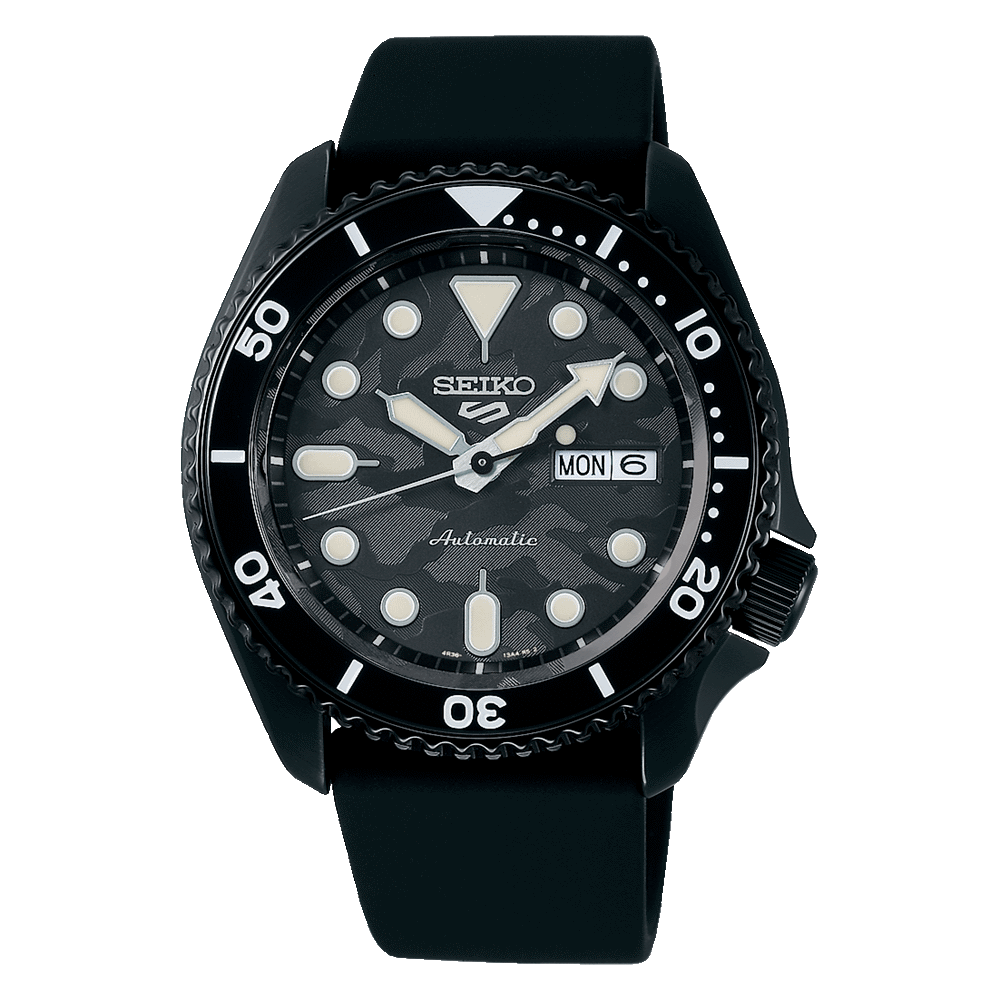
Vintage Seiko watches, in turn, especially iconic models from the 1960s and 1970s, have gained traction among collectors and enthusiasts in recent years. Vintage Seiko divers, chronographs, and dress watches from this era are highly sought after and can appreciate in value significantly over time, making them attractive long-term investments.
“Seiko’s vintage timepieces are highly sought after by collectors for their historical significance and exceptional quality. Whether it’s a vintage Grand Seiko or a classic diver’s watch, Seiko’s heritage is reflected in every timepiece they produce.”
John Reardon, Vintage Watch Expert
The Grand Seiko line, known for its exceptional craftsmanship, precision, and attention to detail, has garnered a strong following among collectors seeking high-end timepieces at relatively affordable prices compared to Swiss luxury brands. Grand Seiko watches, particularly limited editions and vintage models, have shown potential for appreciation in the secondary market. A one-of-a-kind Grand Seiko Kodo Constant Force Tourbillon sold for $478,800 at the Phillips New York auction at the end of 2022.
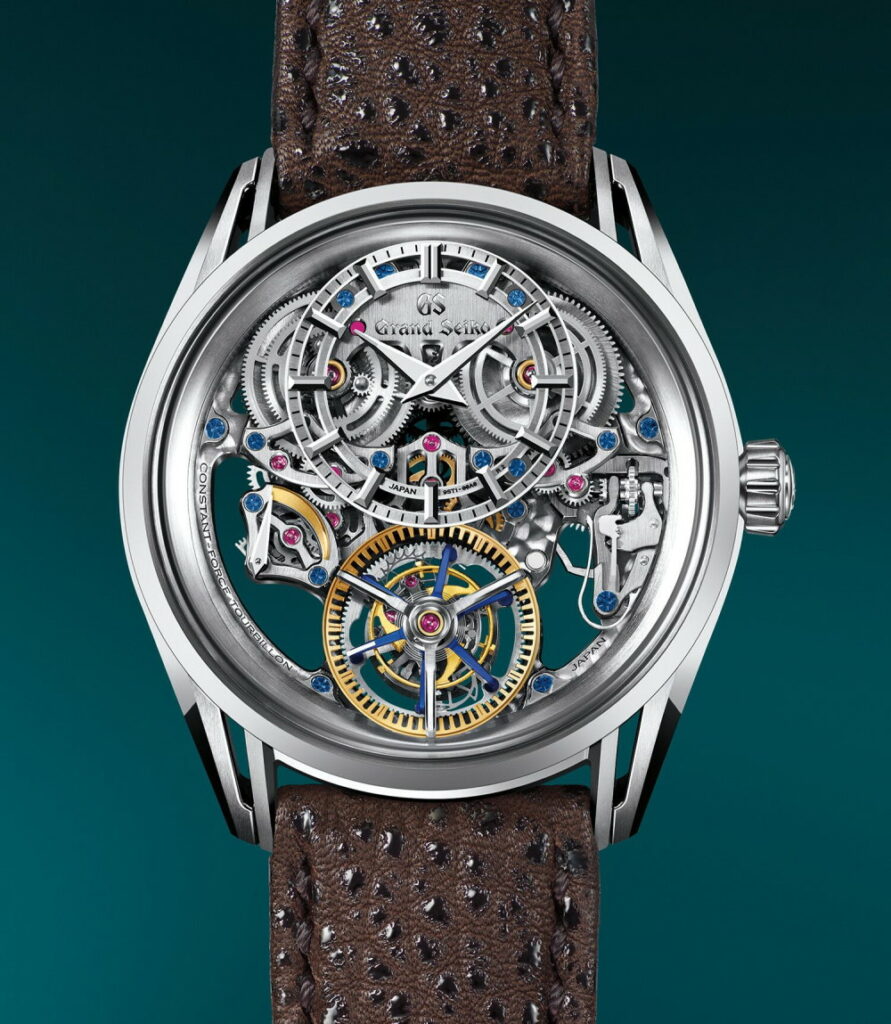
Seiko’s global brand recognition and reputation for quality play a crucial role in determining the resale value and investment potential of its watches. The brand’s continued commitment to innovation and excellence reinforces confidence among buyers and collectors, supporting the long-term value proposition of Seiko timepieces.
Quality of Seiko watches
Seiko employs advanced manufacturing processes and rigorous quality standards to ensure the precision, reliability, and durability of its watches. The company maintains control over every aspect of the watchmaking process by producing the majority of components in-house, including movements, cases, dials, hands, and bracelets.
Seiko adheres to stringent quality control standards at every stage of the production process, from raw material sourcing to final assembly. Highly trained technicians meticulously inspect and test each component and finished watch to verify accuracy, functionality, and aesthetics. For instance, the 9S mechanical movement has to pass an independent inspection test based on strict standards in 17 days, states the official resource of the Morioka Seiko Instruments Inc. facility.
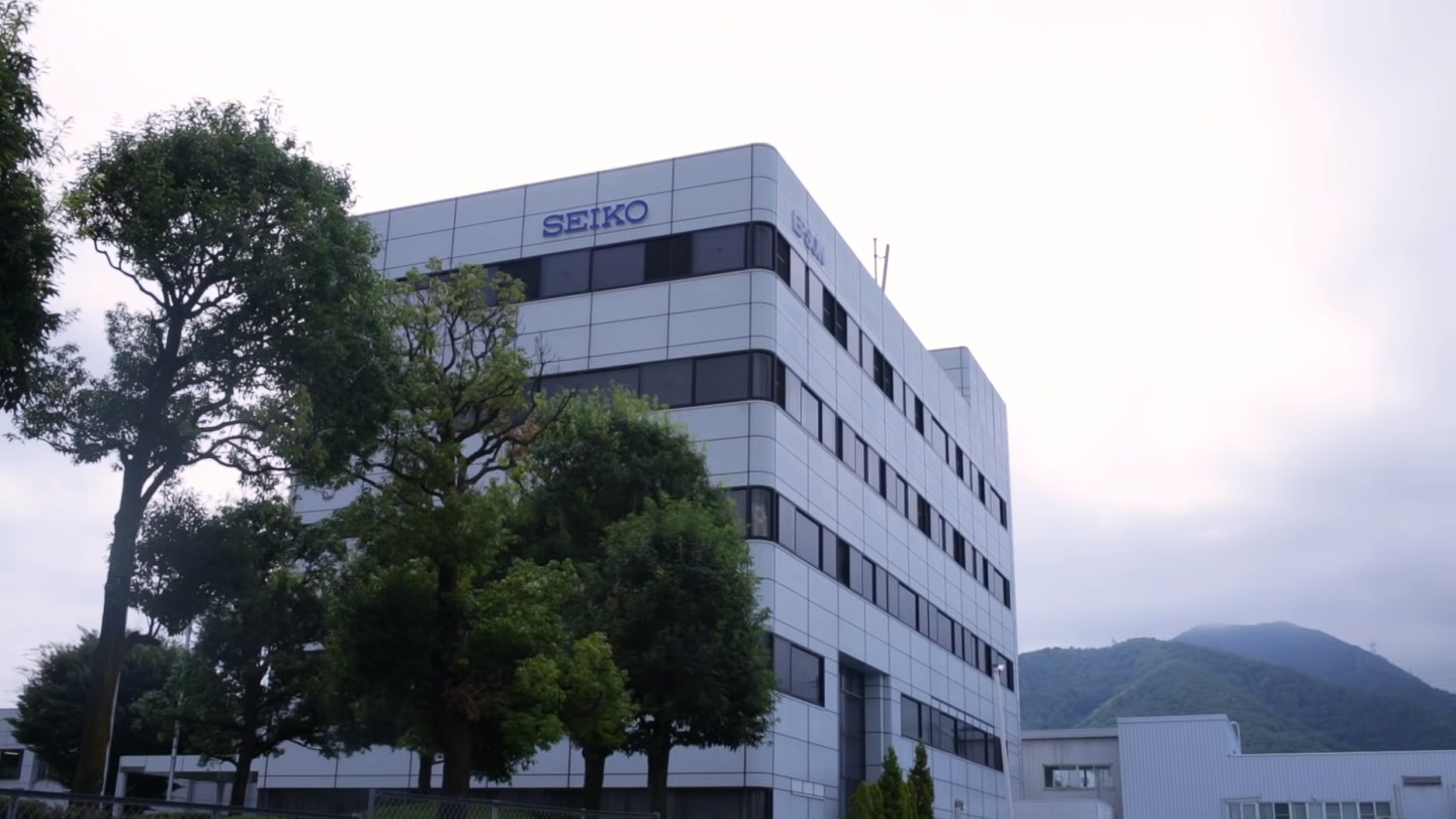
Related Post
Learn about all the facilities where Seiko watches are made
Seiko’s manufacturing facilities are certified to international quality management standards, such as ISO 9001, which ensures adherence to strict quality control procedures and continuous improvement initiatives.
The brand utilizes specialized technologies and equipment to manufacture components with precision and consistency. For example, Seiko’s Micro-Electro-Mechanical Systems (MEMS) technology allows for the production of intricate components with micron-level accuracy.
Durability and reliability
Seiko timepieces are widely regarded for their durability and reliability, backed by decades of watchmaking expertise and a commitment to quality craftsmanship. Does Seiko make good watches? – Seiko watches are designed to last for years, if not decades, with proper care and maintenance. Seiko offers servicing and repair options for its timepieces, allowing customers to extend the lifespan of their watches and ensure continued reliability over time.
“Seiko’s reputation for reliability and precision is legendary. Their watches are not just timepieces; they’re instruments that can be relied upon in any situation, whether you’re exploring the depths of the ocean or navigating the urban jungle.” Stephen Pulvirent (Bloomberg)
Seiko watches are built to withstand daily wear and tear, featuring durable materials such as stainless steel, titanium, and sapphire crystal. These materials are chosen for their resistance to scratches, corrosion, and impacts, ensuring that Seiko watches remain in good condition over time.
Seiko in movies and books

Seiko watches have made numerous appearances in movies over the years, often becoming iconic symbols associated with specific characters or scenes. Here are some specific Seiko watch models showcased in movies:
- “Arnie” in “Predator” (1987): Arnold Schwarzenegger’s character, Major Alan “Dutch” Schaefer, wears a Seiko H558-5000 in the action-packed film “Predator.” The watch, known colloquially as the “Arnie,” features a digital and analog display and has become synonymous with Schwarzenegger’s tough-guy persona.
- Seiko SKX009 in “Apocalypse Now” (1979): In the iconic war film “Apocalypse Now,” Martin Sheen’s character, Captain Benjamin L. Willard, wears a Seiko SKX009 diver’s watch during his journey up the river. The watch has become closely associated with the character and the film’s gritty aesthetic.
- Seiko 6105 in “Apocalypse Now” (1979): Another Seiko model featured in “Apocalypse Now” is the Seiko 6105, worn by Martin Sheen’s character throughout the film. The watch has since gained popularity among collectors as a result of its appearance in the movie.
- Seiko Giugiaro “Ripley” in “Aliens” (1986): Sigourney Weaver’s character, Ellen Ripley, wears a distinctive Seiko Giugiaro design watch in the sci-fi action film “Aliens.” The futuristic-looking timepiece, designed by Italian automotive designer Giorgetto Giugiaro, adds to the film’s futuristic aesthetic.
- Seiko 7A28-7000 in “James Bond: Octopussy” (1983): In the James Bond film “Octopussy,” Roger Moore’s character, James Bond, wears a Seiko 7A28-7000 chronograph watch. The watch features prominently in the film’s action sequences and has become a sought-after collector’s item among Bond fans.
- Seiko 6309-7040 in “Captain Phillips” (2013): Tom Hanks’ character, Captain Richard Phillips, wears a Seiko 6309-7040 diver’s watch in the biographical thriller “Captain Phillips.” The watch symbolizes the character’s resilience and resourcefulness during the hijacking of the MV Maersk Alabama.
“He reached a finger toward the Seiko, which now proclaimed the time to be ninety-one minutes past seven–A.M. and P.M.–and pulled it back just before touching the glass above the liquid crystal display.”
Stephen King, The Waste Lands
These are just a few examples of Seiko watches showcased in movies, highlighting the brand’s enduring presence in popular culture and its association with iconic characters and moments on the silver screen.
Seiko watches offer a compelling combination of quality craftsmanship, innovation, and value, making them a popular choice among watch enthusiasts and collectors worldwide. With a rich heritage spanning decades of horological excellence, Seiko has established itself as a respected and trusted watch brand known for its reliability, precision, and durability.
Seiko’s diverse range of watch collections caters to a wide audience, from entry-level models offering accessible pricing to high-end timepieces showcasing advanced technologies and exquisite craftsmanship. Whether you’re looking for a reliable daily wearer, a stylish fashion statement, or a sophisticated luxury watch, Seiko has something to offer for every taste and budget.
While Seiko watches may not always match the prestige or exclusivity of luxury Swiss brands, they excel in delivering exceptional value for money and performance that exceeds expectations. From iconic models featured in movies to innovative advancements in watchmaking technology, Seiko continues to captivate enthusiasts with its commitment to quality and innovation.
Ultimately, whether Seiko watches are “good” depends on individual preferences, priorities, and needs. For those seeking reliable timepieces backed by a legacy of excellence and innovation, Seiko watches undoubtedly represent a solid choice and a worthwhile investment. With a reputation built on quality, reliability, and innovation, Seiko remains a standout among watch brands, earning its place as a beloved icon in the world of horology.
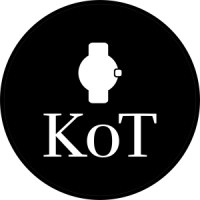
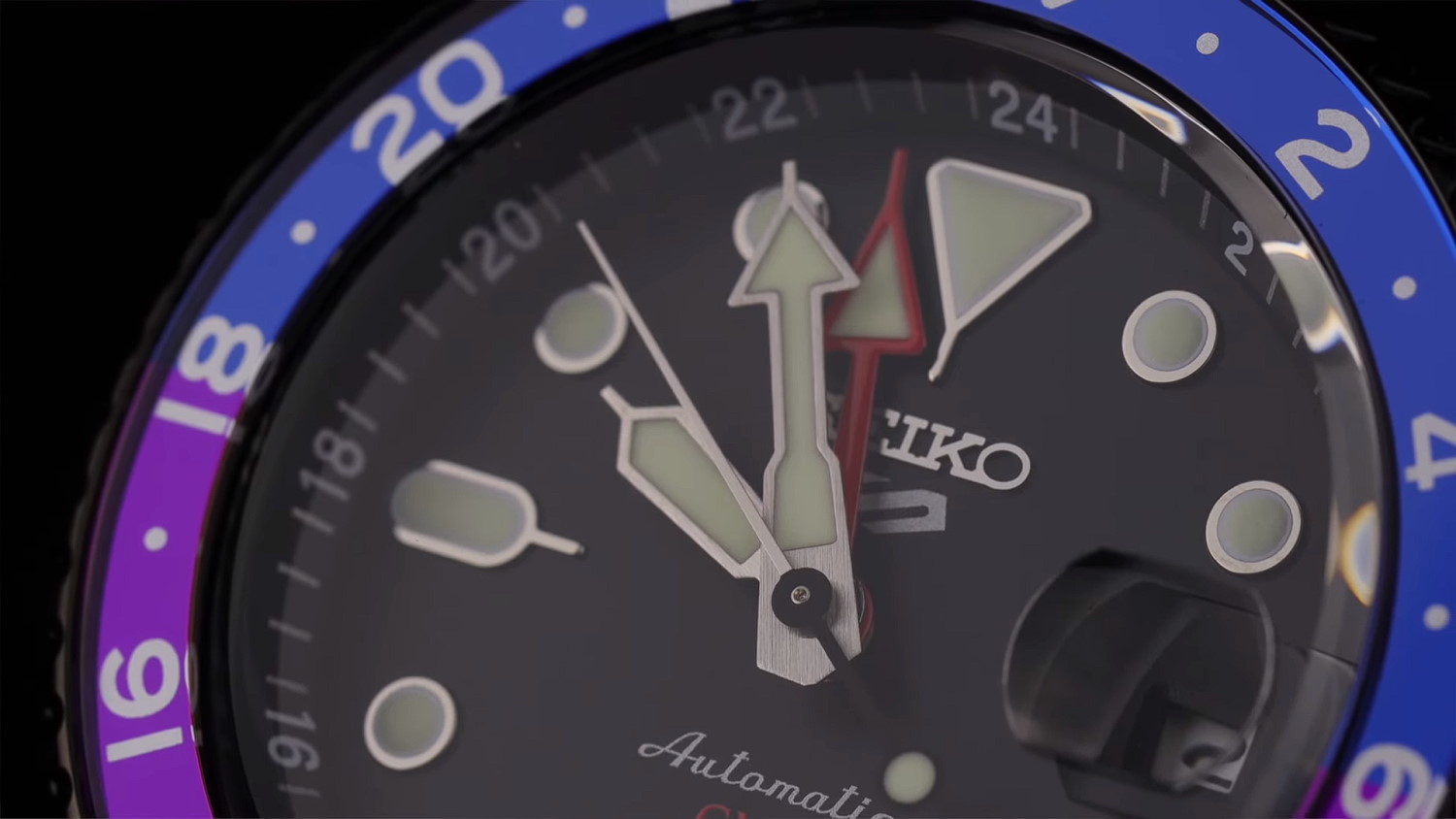
Leave a Reply